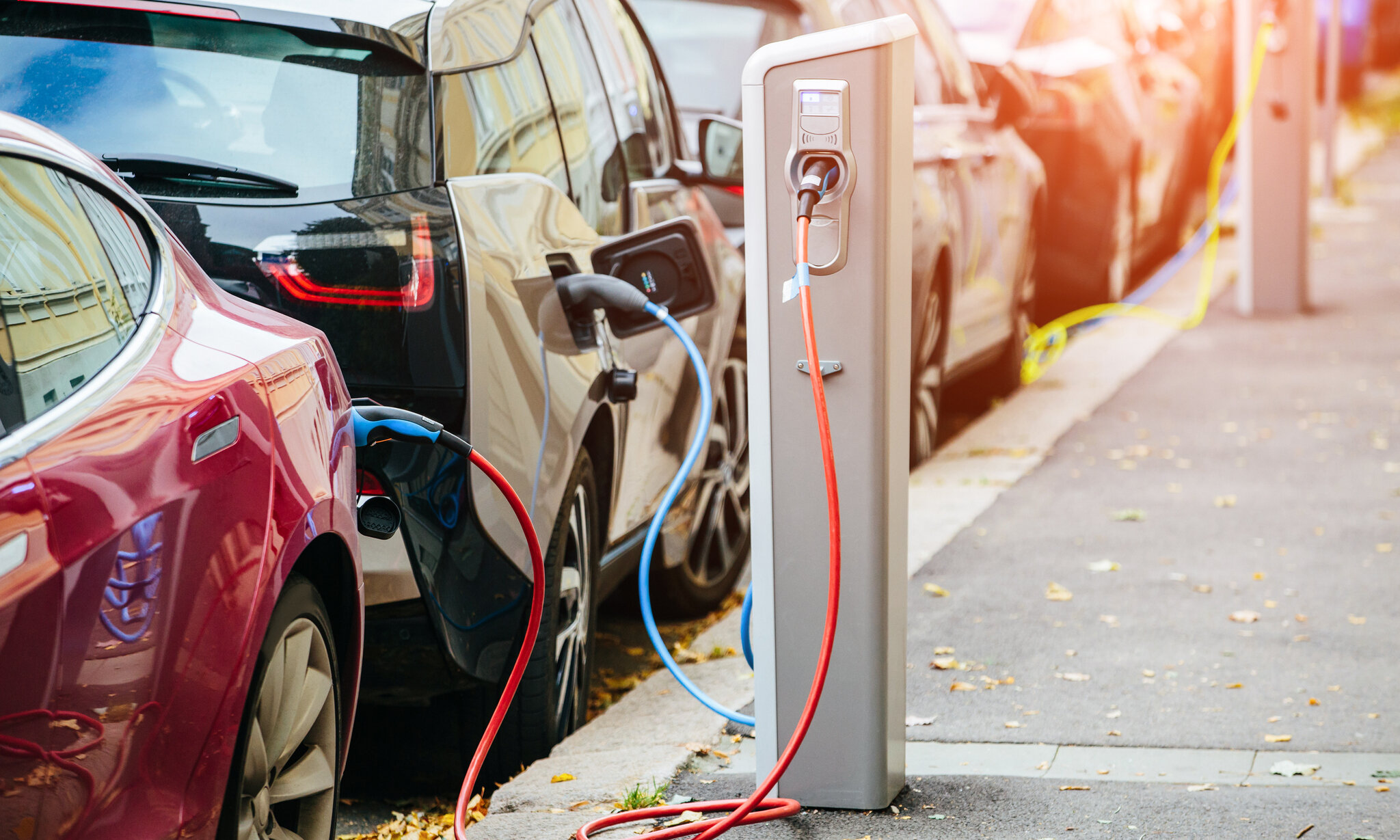Are you intrigued by the magic behind electric car charging stations? Dive into the intricacies of “How Electric Car Chargers Work” to uncover the science driving the future of sustainable transportation.
How Electric Car Chargers Work: Unveiling the Technology Behind the Plug
The rise of electric vehicles has ushered in a new era of transportation, and at the heart of this revolution is the electric car charger. In this article, we unravel the technology that powers electric car chargers, providing a comprehensive guide on “How Electric Car Chargers Work” and the mechanisms that enable seamless charging.
Understanding the Basics of Electric Car Chargers
Types of Electric Car Chargers
Electric car chargers come in various types, each catering to different charging needs. From home chargers to public fast chargers, understanding the distinctions is crucial for electric vehicle owners.
Home Chargers: Convenience at Your Fingertips
For many electric vehicle owners, home chargers serve as the primary charging solution. These chargers are designed for residential use, offering the convenience of plugging in your electric vehicle overnight and waking up to a fully charged battery.
Breaking Down the Components
Charging Cable and Connector
The charging cable and connector are the physical links between the charger and the electric vehicle. Different connectors are used for various charger types, such as Type 1, Type 2, CHAdeMO, and CCS (Combined Charging System).
Charging Port on the Electric Vehicle
The electric vehicle is equipped with a charging port that corresponds to the type of connector used. This port serves as the entry point for the electric current to flow into the vehicle’s battery.
How Charging Protocols Dictate Speed
Charging Protocols: Affecting Charging Speeds
Charging protocols play a crucial role in determining how quickly an electric vehicle can be charged. Common protocols include Level 1, Level 2, and DC fast charging, each offering different charging speeds and compatibility.
Level 1 Charging: Standard Household Outlets
Level 1 charging utilizes standard household outlets (120 volts) and is typically the slowest charging option. While convenient for overnight charging, it may not meet the needs of those seeking faster charging speeds.
Read too: The Untapped Potential of Franchise Electric Car Charging Stations: Energize Your Business
The Magic Inside Electric Car Chargers
Onboard Chargers
Electric vehicles are equipped with onboard chargers that convert AC (alternating current) from the grid into DC (direct current) for the battery. The capacity of the onboard charger determines how quickly the electric vehicle can accept the incoming charge.
Power Electronics and Inverters
Within the electric car charger, power electronics and inverters play a crucial role in managing the flow of electricity. They convert the incoming AC power to DC for storage in the vehicle’s battery.
The Evolution of Fast Charging Technology
DC Fast Charging: High-Speed Charging Stations
DC fast charging is a game-changer for electric vehicle owners on the go. These charging stations supply a high-powered DC current directly to the vehicle’s battery, significantly reducing charging times compared to Level 2 chargers.
Tesla Supercharger Network
Tesla has introduced its proprietary fast-charging network known as Superchargers. These chargers are designed specifically for Tesla vehicles, offering rapid charging speeds and contributing to Tesla’s extensive charging infrastructure.

